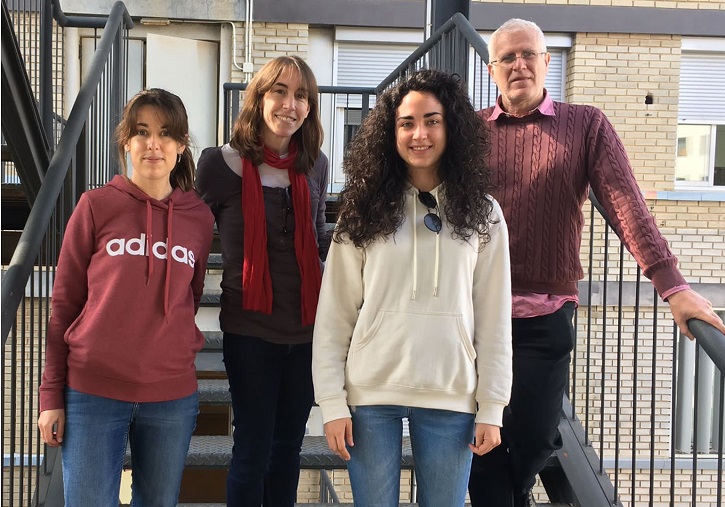Researchers compare the Whi5 and Whi7 proteins, key to cell survival and to understanding diseases such as cancer
- Scientific Culture and Innovation Unit
- April 22nd, 2021

A research team from the University Institute of Biotechnology and Biomedicine (BIOTECMED) of the University of Valencia has carried out a study in which it compares two key repressors of the cell cycle (Whi5 and Whi7), to know the characteristics that differentiate them and their functioning under normal conditions and in response to stress.
Whi7 and Whi5 are transcriptional repressors, proteins involved in impeding the transcription of DNA into RNA, a necessary step to subsequently convert RNA into a functional protein. In the case of these repressors, the expression of proteins involved in cell proliferation is controlled.
“We try to characterise how the cell cycle machinery puts a brake on the beginning of cell division when conditions are not suitable, especially if a stressful situation occurs. We want to study the particularities of each repressor and see how they collaborate with each other to control proliferation”, the research team highlighted.
“We study it in the simplest eukaryotic system: the budding yeast Saccharomyces cerevisiae, but with the aim that the conclusions are applicable to more complex systems, since the control of the cell cycle is a highly conserved process throughout evolution. and its analysis is essential to understand and combat diseases such as cancer, in which cell proliferation loses the correct functioning of its control and brake mechanisms”,completes the BIOTECMED group.
Cells, when subjected to different stress conditions, integrate information at the beginning of the cell cycle to overcome this adversity. Through this study, an exhaustive comparison of the two factors has been made and it is concluded that the proteins studied belong to the same family of transcriptional repressors, however, their regulation and function is different. In addition, it has been observed that Whi7, and not Whi5 as previously thought, is the main inhibitor of the initiation of the cycle in response to stress, and has a preference for binding to the genes in charge of this response, such as those responsible for the synthesis of cell wall proteins when the cell wall is damaged.
Therefore, this research demonstrates that Whi5 acts as the main repressor under normal conditions in the cell and highlights the relevance of Whi7 under adverse conditions. Thus, Whi7 confers a greater repression capacity and prevents the synthesis of proteins from the DNA of damaged cells.
In this way, the study allows a more detailed understanding of the functioning of the cell cycle and specifically of the family of repressors that has homology with the Retinoblastoma family of mammals, known tumour suppressors of great interest to the scientific community in its objective of combating complex diseases such as cancer.
Article:Méndez, Ester et al. «The budding yeast Start repressor Whi7 differs in regulation from Whi5, emerging as a major cell cycle brake in response to stress». Journal of cell science vol. 133, 24 jcs251413. 21 Dec. 2020, DOI: https://www.ncbi.nlm.nih.gov/pmc/articles/PMC7774886/
File in: Investigació a la UV , Internacionalització recerca , Facultat de Ciències Biològiques , Col·laboració amb empresa , Difusió i comunicació científica , Recerca, innovació i transferència
















